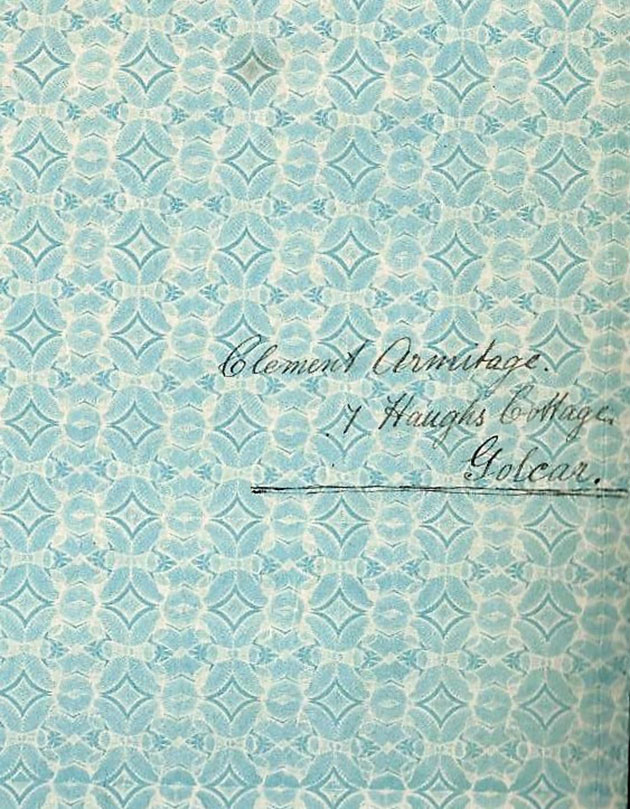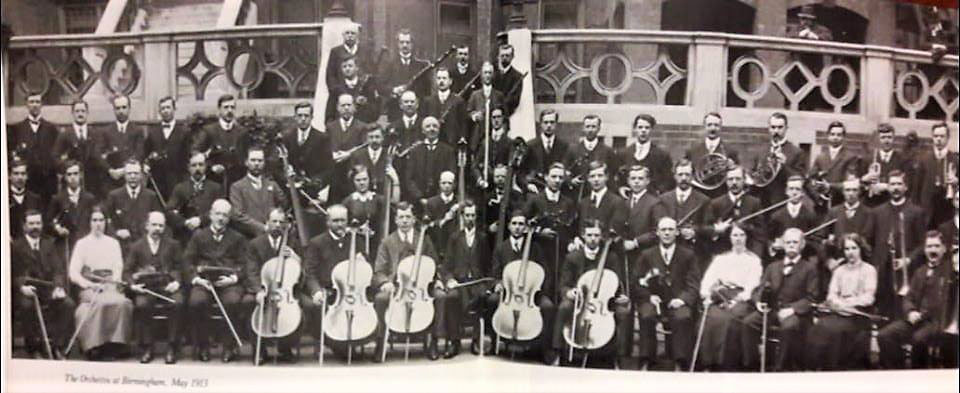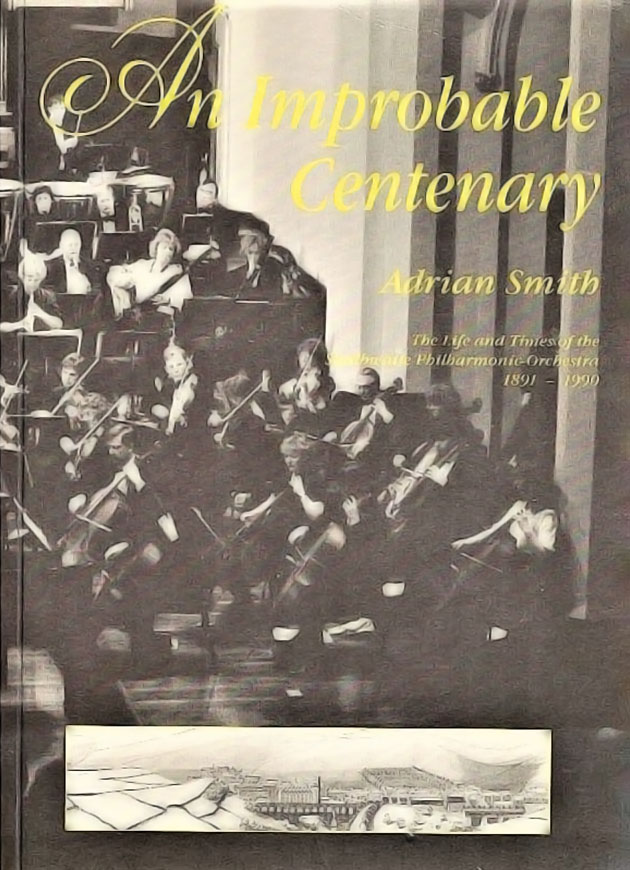Little did I realize in 1974 that my life would change for ever. I would never be the same again because my double bass journey had started…
My first double bass lessons were at school, completely free of charge then as they should be now, with David Higginbottom, and the only double bass music we had at school was a hardback copy of Simandl‘s Method for Double Bass. It was a 1903 edition published by Breitkopf & Härtel, from the original edition by C.F. Schmidt, and revised text by Charles Winterbottom, Professor of Double Bass at the Royal Academy of Music in London.
I was given the book by my Director of Music, which I have had for 46 years, and, to the best of my knowledge, I am only the second person to have owned it. Inside the front cover is the name of the first owner and his address — it was something I saw countless times over the years, but I didn’t really take much notice of it until now.

Clement Armitage, 7 Haughs Cottage, Golcar is written in a beautiful copperplate hand and, for some unknown reason, during the first lockdown in the UK, I decided to see if I could “find” him on the internet. Little did I know what a tsunami I was creating, helped by so many wonderful people who provided invaluable information and links.
The first step was to find a place called Golcar that I hadn’t heard of and discovered that it is a village above the Colne Valley in West Yorkshire (England), 2.5 miles west of Huddersfield, with a population of around 20,000 and a little over 30 miles from my home in South Yorkshire. I then found a page on Facebook called Golcar, Longwood, Milnsbridge, Cowersley and Scape areas – Community Page and asked to join, giving an indication of my interest in the page, and there has been no looking back.
Many people contacted me, for which I am immensely grateful, with special thanks to Vanessa Christian and Jennifer Nicks, who went far more than the extra mile. Little by little, it was possible to create a picture of Clement Armitage, his wife and family, and also his musical activities as an amateur double bassist.
Clement Armitage was born in Golcar in January 1871, married Beatrice Mary Haigh (1880 – 1972) in June 1920, when he was 49 years old, and died in Huddersfield on 7 May 1933 at the age of 62. He worked as a Worsted Warper in a local mill, which is described as someone who “sets up the ‘warp’ (thread) on looms,” and he was an amateur double bass player. He was a founder member of the Slaithwaite Philharmonic Orchestra, which is still in existence today, and when he died in 1933, he was the last surviving founder member.

In 1990 Adrian Smith, the conductor of the orchestra, wrote a book about its first hundred years, Improbable Centenary: Life and Times of the Slaithwaite Philharmonic Orchestra, 1891 – 1990, which included a short description of Clement Armitage and another cellist-bassist John Herbert Taylor:
In the 1930s death robbed the Society of several long-term members who had rendered outstanding service. John Herbert Taylor, one of the founders, died in November 1932, age 63… Six months later Clement Armitage, the last surviving founder, died at the age of 61. He had played double bass in every concert the orchestra had given and had been a member of the committee from the day of the Society’s foundation. For over thirty years until his death he was a member of the Huddersfield Choral Society orchestra, missing only one of its concerts in the entire period. He was also a familiar figure in all the local “Sing” orchestras. He was “a fine, upright gentleman,” said the Secretary at the next AGM, “and like Mr Taylor, a man to be looked up to.”

Wonderful tributes to two people who loved music and made a great contribution to the area’s musical life. My wife, Sarah, who is nothing if not determined and tenacious, also started to research Clement Armitage and his family and quickly discovered that his widow, Beatrice Mary Armitage, had died in Wath-upon-Dearne in 1972 at the age of 91.
I was a pupil at Wath Grammar School, which is about a three-minute walk from Montgomery Road, where she lived, and I inherited the book in 1974, two years after her death. Her music collection, including the Simandl Method owned by her husband, was probably donated to the music department at my school, and 46 years later, the book and its original owner have miraculously connected thanks to the internet.
I have already had a few ideas about commemorating Clement Armitage, and a piece for two double basses and string orchestra is swirling around my mind as I type. The title which came with the musical ideas is “Memorial,” and my thanks go to everyone in the Golcar area who has added to my knowledge about Clement Armitage and his family. Who would have thought that a name and address in an old copy of a Simandl Method would create such interest?
Conclusion
In 1974, my musical journey took an unforeseen turn with the introduction of Simandl’s Method for Double Bass. Little did I know that this relic, previously owned by Clement Armitage, would become the key to unraveling a captivating tale of music, history, and community.
During the UK lockdown, a curiosity about Armitage led to a profound online exploration, uncovering the life of an amateur double bassist who played a pivotal role in the Slaithwaite Philharmonic Orchestra. The journey unveiled a man dedicated to music, leaving an enduring impact on the local scene.
Armitage’s story, rich with musical endeavors and community contributions, stands as a testament to the timeless power of music. The unexpected connection forged through internet sleuthing bridges the decades, bringing to life a forgotten chapter of musical history.
Contemplating a musical tribute titled “Memorial,” inspired by Armitage’s legacy, this journey underscores the profound resonance that a simple name and address within an old music book can evoke. In this unexpected exploration, I am reminded of the enduring connections woven through the shared love of music, transcending time and space.


